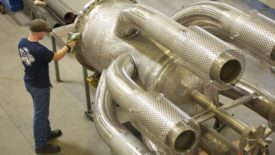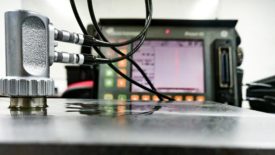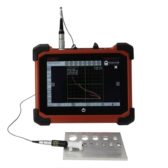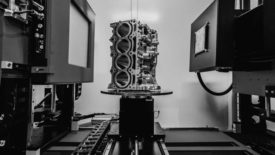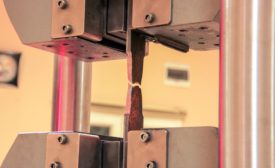NDT
NDT | Back 2 Basics
How Handheld XRF Has Revolutionized Metal and Alloy Analysis
Handheld XRF can help manufacturers streamline their quality control processes.
November 15, 2022
Materials Testing
The Relationship Between Residual Stress State and Quality
Designing in, manufacturing for, and measuring residual stresses may be the most effective way to produce quality parts.
November 14, 2022
NDT | Standards
The Evolution of Ultrasonic Testing (UT) from Conventional UT to Total Focusing Method
As technology continues to advance, ultrasonic testing advances too.
November 11, 2022
Quality Headline
Evident Montreal Office Dedicated to NDT Software Solutions Development
November 8, 2022
NDT | Training
The Need for Excellence in NDT Training
The technology of NDT deserves and requires excellence in training programs.
November 7, 2022
NDT | Training
NDT Training Programs: Components and Considerations
Is this training program sufficient to prepare a technician to perform critical examinations in the field of NDT?
November 7, 2022
NDT | Radiography
2D Radiography (x-ray) for NDT
2D radiography continues to be essential to the safety and reliability of many of the world's industrial products.
October 11, 2022
NDT | Force Testing
A Case for Distance Accuracy in Force Measurement
When in doubt, specify a force tester with the tightest and most complete distance accuracy specification necessary for the application.
October 11, 2022
Stay in the know with Quality’s comprehensive coverage of
the manufacturing and metrology industries.
eNewsletter | Website | eMagazine
JOIN TODAY!Copyright ©2024. All Rights Reserved BNP Media.
Design, CMS, Hosting & Web Development :: ePublishing

